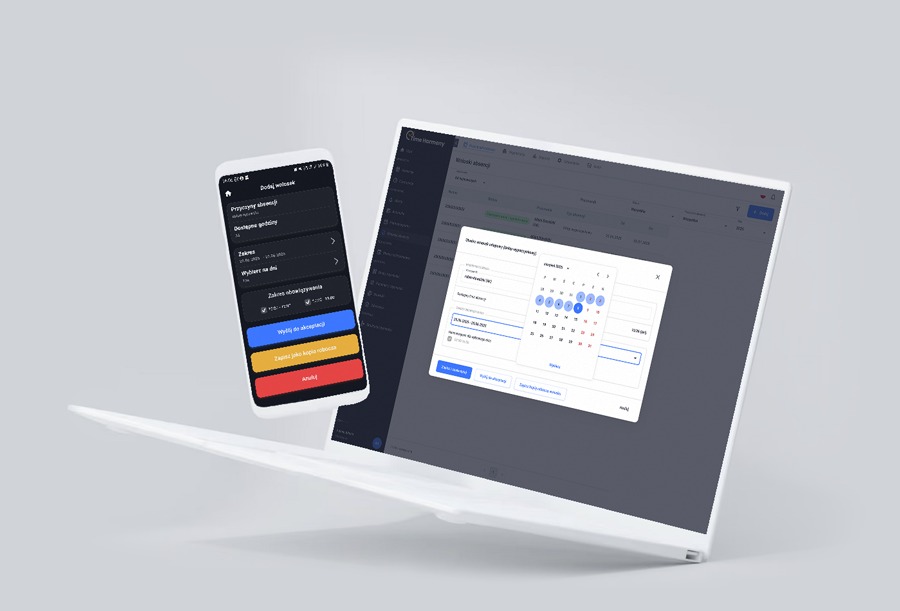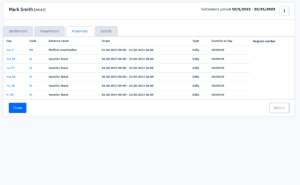Do you have unused leave from last year? Are you wondering when it should be used? Is unused leave forfeited? Is it possible to convert unused leave into a cash equivalent? Can an employer send an employee on leave?
You will find the answers to these and several other questions in the following article.
1. Length of annual leave according to the Labour Law
Let's start with the amount of leave. For a full-time employee, it is as follows:
• 20 days – if the employee's seniority is less than 10 years
• 26 days – if the employee's seniority is longer than 10 years
The length of service, which determines the length of leave outside the period of employment, includes m.in period of study, including the completion of:
• basic vocational school or other equivalent vocational school: up to 3 years;
• secondary vocational school: up to 5 years
• secondary vocational school for graduates of basic (equivalent) vocational schools: 5 years;
• general secondary school: 4 years;
• post-secondary school: 6 years;
• higher education – 8 years.
2. When unused leave should be used?
The employer should grant the employee leave in the year in which the employee became entitled to that leave.
Failure to grant leave on time does not result in the employee losing the right to such leave. An employee's claim for overdue annual leave is time-barred only after 3 years from the date on which the claim became due.
3. Compensation for unused leave
The Labour Code clearly indicates that annual leave should be taken in kind, as its purpose is to rest the employee. Therefore, it is wrong to assume that an employee can be paid for unused leave.
However, there are situations when such a solution is possible. Namely, if the contract with the employee has been terminated and for various reasons the employee has not been able to use the leave to which he or she is entitled until the end of the contract, the cash equivalent should be calculated in accordance with the rules set out in the Labour Code. In this case, the manner or reason for termination of the employment contract is irrelevant.
4. Can your employer decide on the date of employee leave?
Annual leave is an employee's right, not an obligation. What does that mean?
However, there are two situations in which sending an employee on leave may be a unilateral decision of the employer.
The first case is the situation described above, when an employee fails to use the overdue leave from the previous year by 30 September of the following year. Since the employer's failure to grant overdue leave within the above-mentioned period is an offence against the employee's rights, the employer may choose to do so.
The second situation concerns the case when the employee is in the notice period, due to the termination of the employment contract. In such a situation, the employer may send the employee on leave on the basis of its unilateral decision, and it does not matter whether it concerns overdue or current leave.

Easily manage your company's working time
Leave management in Time Harmony
Time Harmony is a system for electronic recording, planning and settlement of working time. One of the functionalities of the Time and Attendance module is the management of employee leaves.
The system not only automatically includes planned holidays in the work schedule, but also gives a quick insight into the history of the employee's holidays and other absences.


